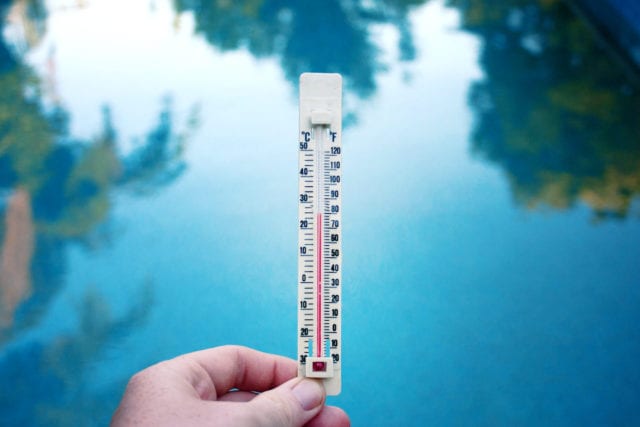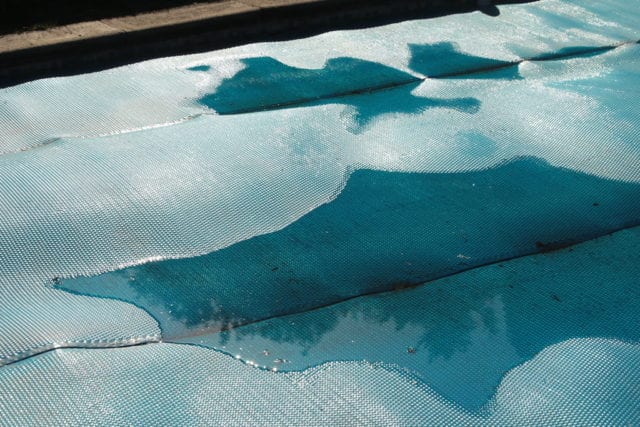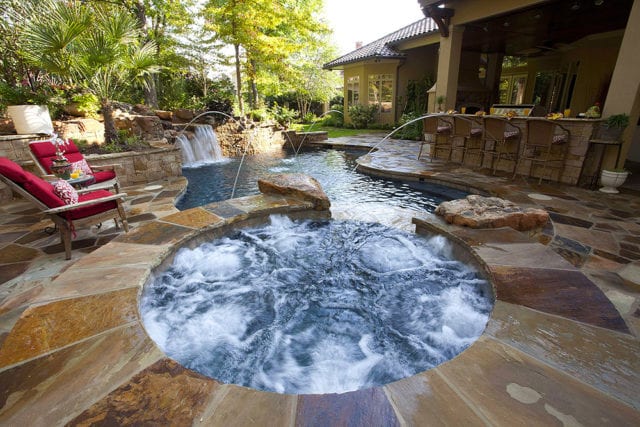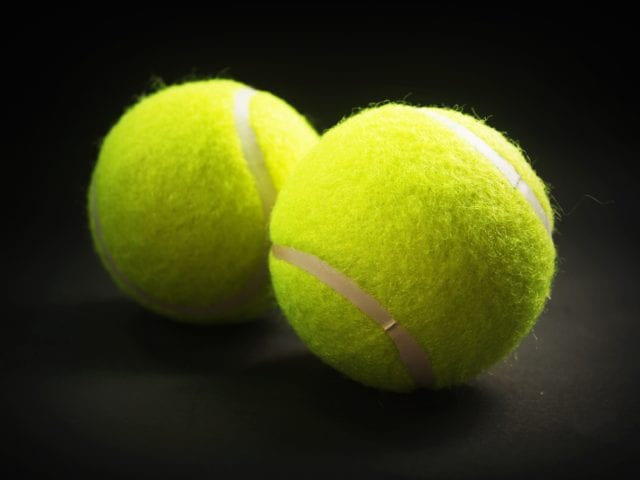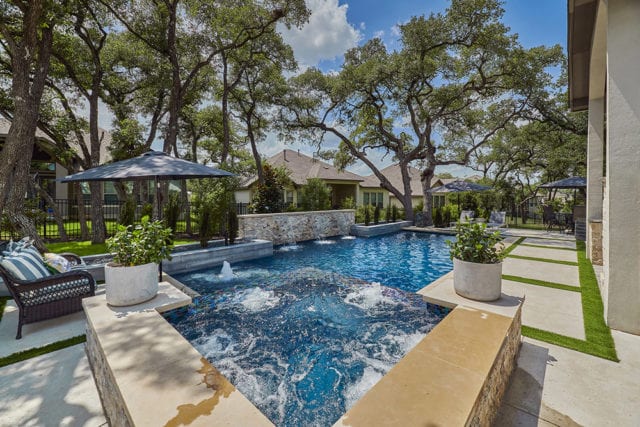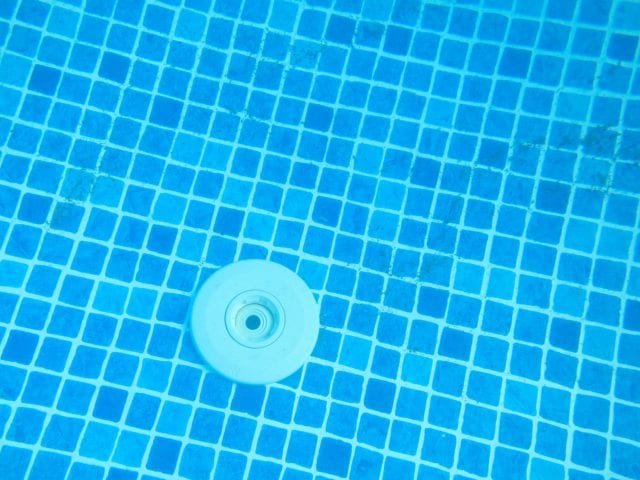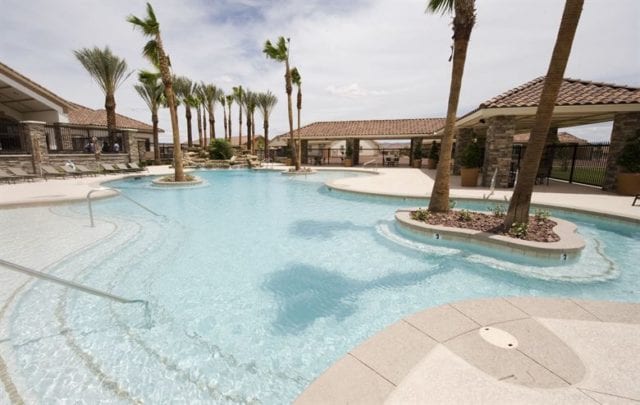Winterizing a Pool in Florida?
Although you may be thinking why would you close your pool when you live in Florida? Typically, we don’t. The weather here most likely will not freeze the water and many pools have water heaters.
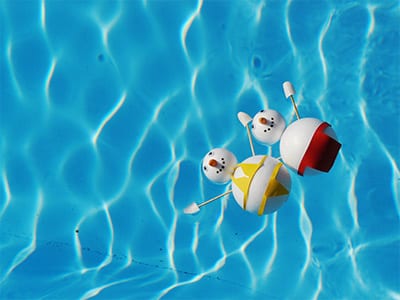
However, often we have travelers they may be gone for an extended period of time. We are also accustomed to the weather. While it may be snowing in the northern hemisphere, its chilly to us here when the weather gets down in the 40’s and 50’s, even 60’s, let’s be honest! And we may just want to put it to rest for a few months.
Typically, ‘winterizing’ your swimming pool consists of draining the pool, emptying the pipes, and covering the top. This helps to prevent pipes and plumbing from freezing and creating costly damage. However, in Florida, it’s a different story, all this is not necessary. Actually, draining your pool in Florida can be dangerous with the amount of ground water we have here.
Also, it never get near cold enough for algae to stop growing, if you drain your pool half-way, clear the pipes of any water, and turn off your pump, your pool will most likely turn green.
Below, we provide a few simple steps to keep your Florida pool crystal clear on the down months.
1. Clean your pool. Simple cleaning steps like removing debris, floating leaves, also sunken debris that sits at the bottom of your pool. This will help prevent staining and algae growth and when you reopen your pool, leaving the debris long-term will increase your pool bills later to fix and/or clean up.
2. Keep your chemicals balanced as you normally would in the summer months. Balance them at least one week before closing your pool.
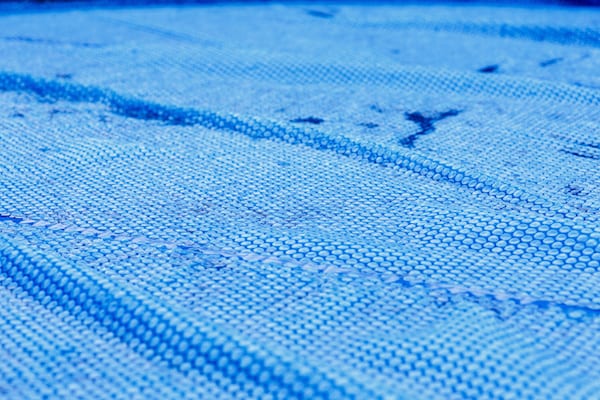 3. Run your pump. Run your pump about 6 hours every day. If there is a rare threat of frost, try to run it throughout the day and night. This helps circulate the water and chemicals and also lessens the risk of plumbing damage.
3. Run your pump. Run your pump about 6 hours every day. If there is a rare threat of frost, try to run it throughout the day and night. This helps circulate the water and chemicals and also lessens the risk of plumbing damage.
4. Cover your pool. This helps keep it clean by not allowing debris to enter the pool, also lessen he amount of chemicals you will need to ad.
So as long as you keep your water balanced and your pump running, here in Florida, you are set for the winter. However, it’s not necessary to ‘winterize’ your pool during the winter here in Florida. So, feel free to enjoy the cold dip or heat your pool and enjoy the hot tub feel.
read more
